Sump pumps protect your basement from water by pumping excess water from the pit to the exterior of your home. Once the water level in your pit reaches a certain height it is expelled via a pump and tube.
You want the tube to drain at least 10 feet from the exterior of your home, so the water is not coming right back into your house. Another thing you can do to prevent water re-entering your home is to extend your gutter’s downspouts by at least 5 feet.
The water expelled from your home should be emptying onto a grade away from your home, so it does not run back to the base of your house and enter your foundation.
The pump in your basement runs on electricity. We all know what happens when there is a little severe weather in our area. Rain, hail, lightning, and the dreaded power outage. During a power outage, your home will have no electricity. Obviously, there are important things you need to power like your cell phone. Wait! What? Your cell phone may seem important until your basement is flooding with water because your sump pump stopped running.
How can we protect our homes from these unforeseen circumstances? Learn about your home, how the water flows in your yard, research the best ways to keep the water away from your house, and how you can protect it during an outage. We are here to help you with all those solutions by teaching you about sump pump backup power systems.
We already explained some good tips for keeping the excess water away from your home and now we want to explain how we can keep that sump pump system pumping during an outage.
I don’t know about your house but in mine, the sump pit and pump are in the corner of the basement near an exterior wall. We have our sump pump battery stored in a plastic case and sitting on a table next to the sump. The table is a few feet tall. The pump is plugged into a nearby outlet located well above the floor of our basement. Why do we have our sump pump power system set up in this way?

Imagine we have a power outage and the battery takes over pumping. If the battery were to die or for some reason, it did not kick on, now we have a battery sitting in water flooding our basement, and we have no way to fix it until the power goes back on.
I live in an area where my pump is running all the time. If we lose power, we will be swimming in our basement. If you are lucky to live in a place where your pump never runs it is a good idea to test it. I would test it the same time I change my fire alarm batteries, twice a year at daylight savings time. Make sure, at the very least, you check it once per year.
Slowly pour buckets of water into your pit until the pump starts to run. When working properly you will see the water level recede and the pump will shut off when the water returns to the correct level. If this does not happen, you will need to call a plumber to help you find the cause and fix the problem.
Keep track of your sump pump and troubleshoot anything that can go wrong. You do not want to be caught in a storm without a pump. Many other things can be the cause of a pump error like your discharge pipes, the float, the float valve, the pump becoming unplugged, and more.
What do you do when the power is out, and you forgot to get your backup battery installed? You can keep the water flowing out of your basement using a sump pump generator. An uninterruptible power supply will provide you with an assurance your basement will keep from getting any water damage. If you are purchasing a generator the first decision to make is whether it will be used for your sump pump or to power all your home’s necessities during an outage.

A sump pump should not add too much load to your backup generator. When deciding on a generator to power your home rather than just your pump keep track of the load your generator can handle. You can learn more about this in our previous post.
Something to think about when choosing to use a generator as backup power for your sump pump is if the generator system you chose will turn on automatically or will need to be manually connected to your sump pump. Another tip is to be sure you keep some fuel on hand so your generator will run when in need of backup power. Lastly, and most important, is the peak power capability of your generator.
It is best to store your generator with a dry fuel tank and keep backup fuel on hand. Figure out how much fuel you will need to keep based on your generator uses and length of power outages. I understand this is not possible to exact, but you can get an estimate based on a length of time you decide to use. I would probably be prepared for a day in my area, but in other areas, it might be more ideal to be prepared for a week. Read more about storing fuel in this article we found for you.
When your generator starts to run there is a surge of electricity (wattage) required to first activate the pump. There are two types of wattage labeled on your generator; maximum power and rated power. It is important the generator will be able to handle the initial load of peak power when the sump turns on but even more important the rated power on your generator can handle your sump running for an extended length of time.
I know I stress generator safety every time I write about them but make sure to keep your generator at a minimum of 10 feet from your homes’ windows, vents, doors, etc. and further if you can. The fuels exhausted from your generator are dangerous and can cause death if you let them fill the area people are in. Never keep the generator running in or near your home, garage, tent, or any enclosed location.
Get yourself a generator extension cord long enough to keep your generator at a safe distance from your home and still able to reach your pump. For example, AC WORKS™ carries an indoor/outdoor S520PR T-blade extension cord in lengths of 25 ft and 50 ft. Fill your generator with fuel. Plug your extension cord into your generator and start it. Connect your sump pump to the extension cord and make sure the pump starts running. Keep an eye on the water level to make sure it is working properly.
Knowing that your basement is protected from flooding will give you peace of mind and avoid you having to deal with the insurance company. Please leave any comments or questions and call if you need help with your sump pump power back up system. Watch Powering your Sump Pump with a Generator on AC WORKS™ Wisdom.





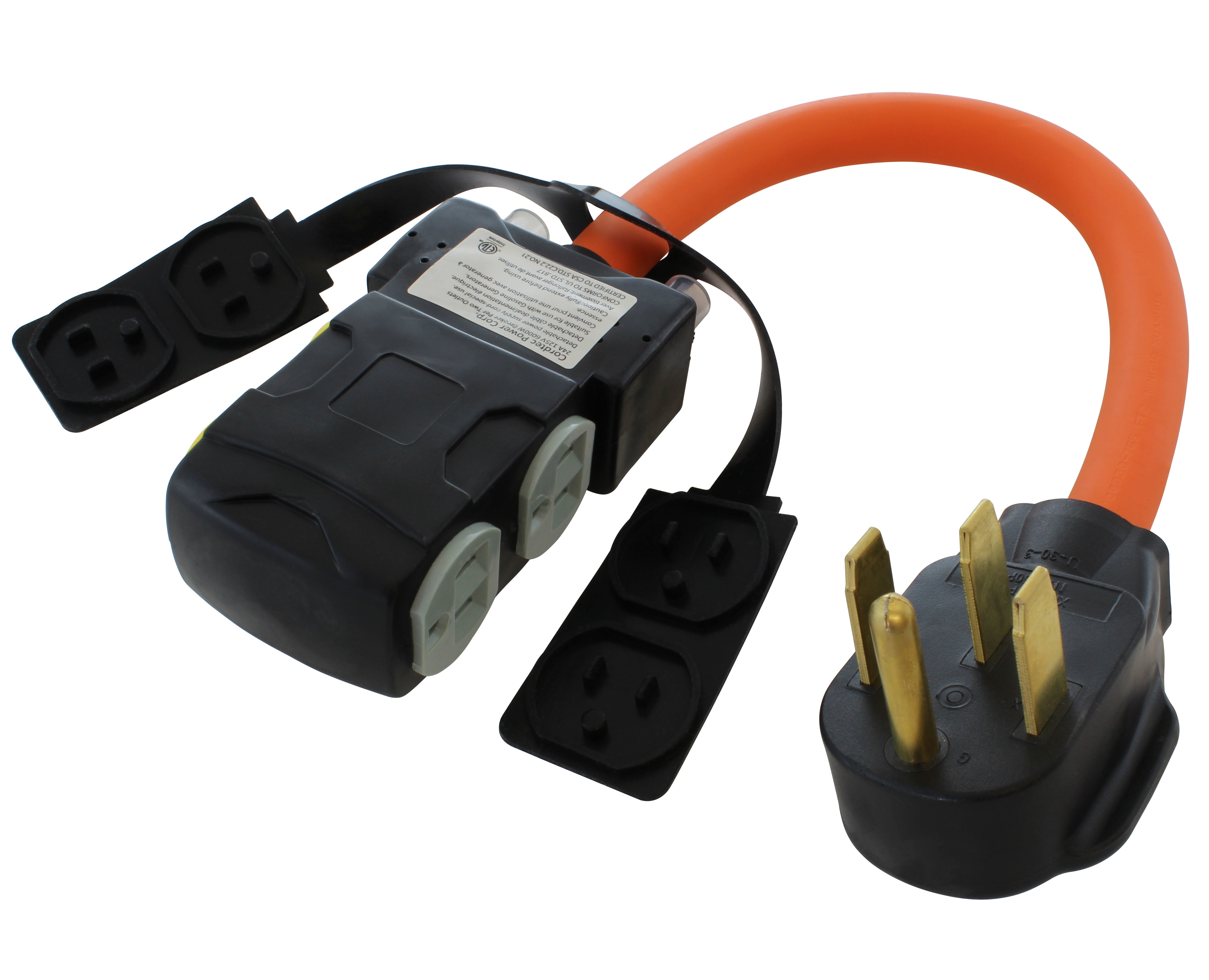
![AC WORKS® [ASINSS2PBX-G] 50A Locking 4-Wire CS6375/ SS2-50 Heavy-Duty Transfer Switch Inlet Box](http://acworks.com/cdn/shop/files/ASINSS2PBX-0_0206b362-7c90-42a5-8754-0685c13dab7e.jpg?v=1758051675&width=2500)

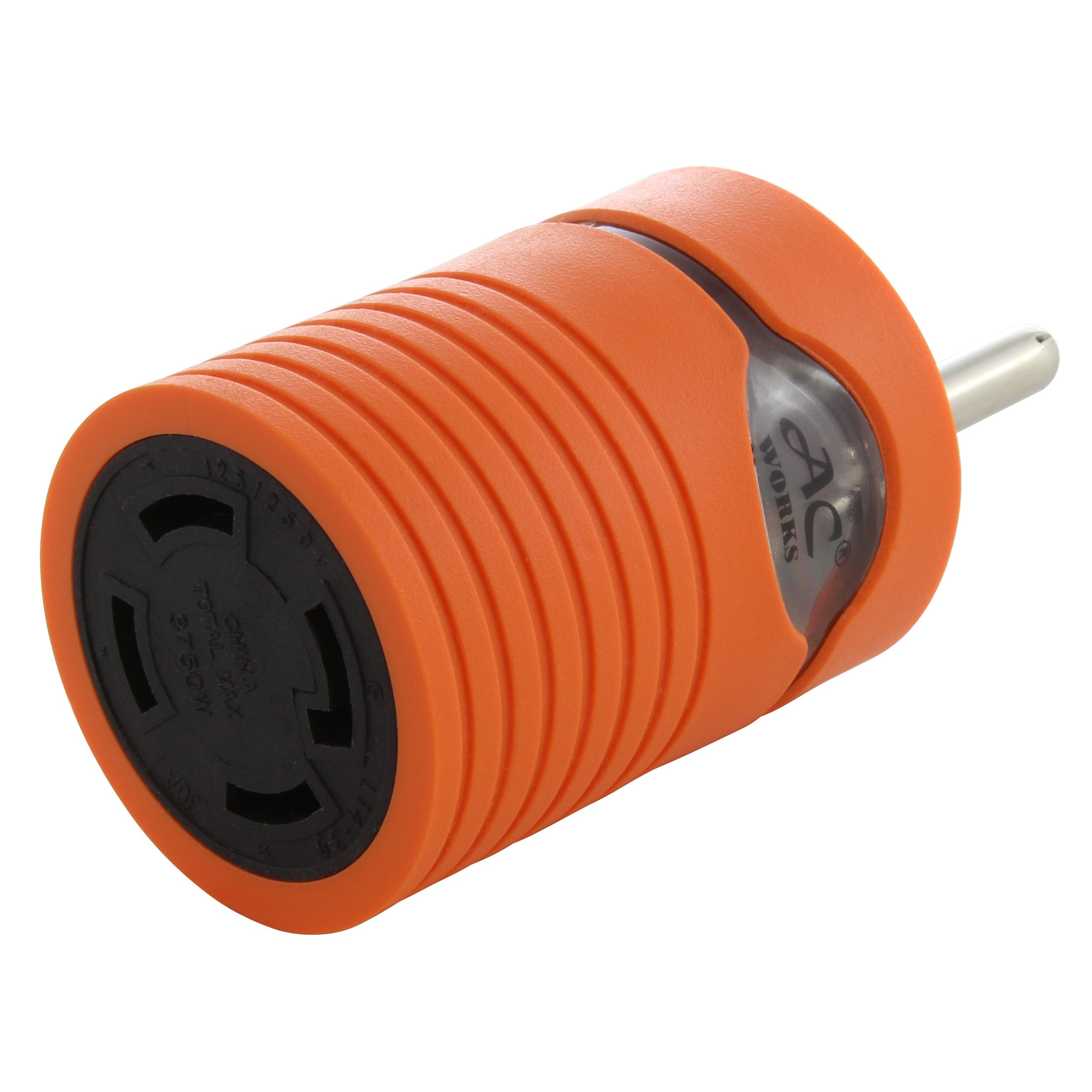
![AC WORKS® [S1430CBF520] 1.5FT 14-30P 4-Prong Dryer Plug to (4) Household Outlets with 24A Breaker](http://acworks.com/cdn/shop/products/S1430CBF520.jpg?v=1666103519&width=4656)
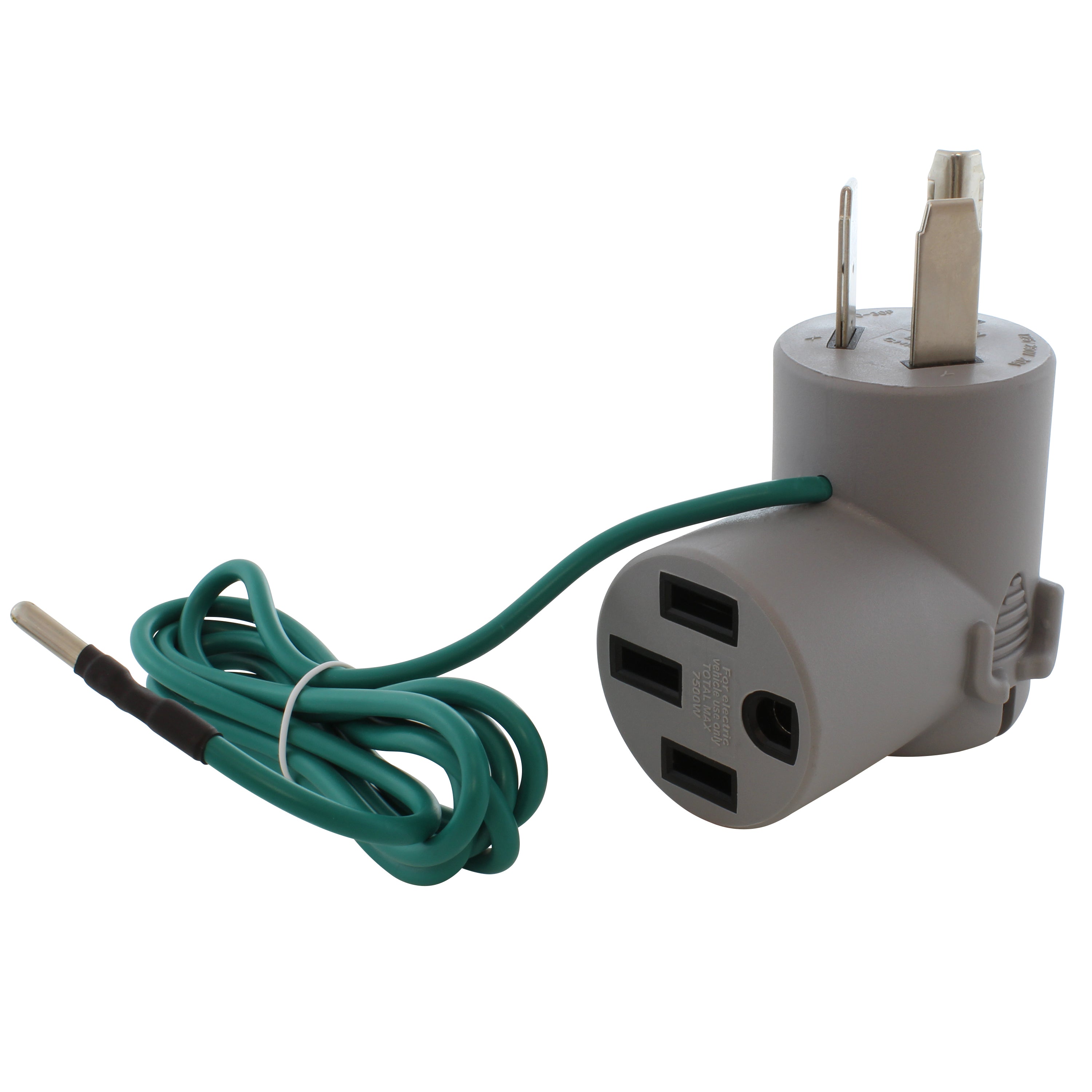
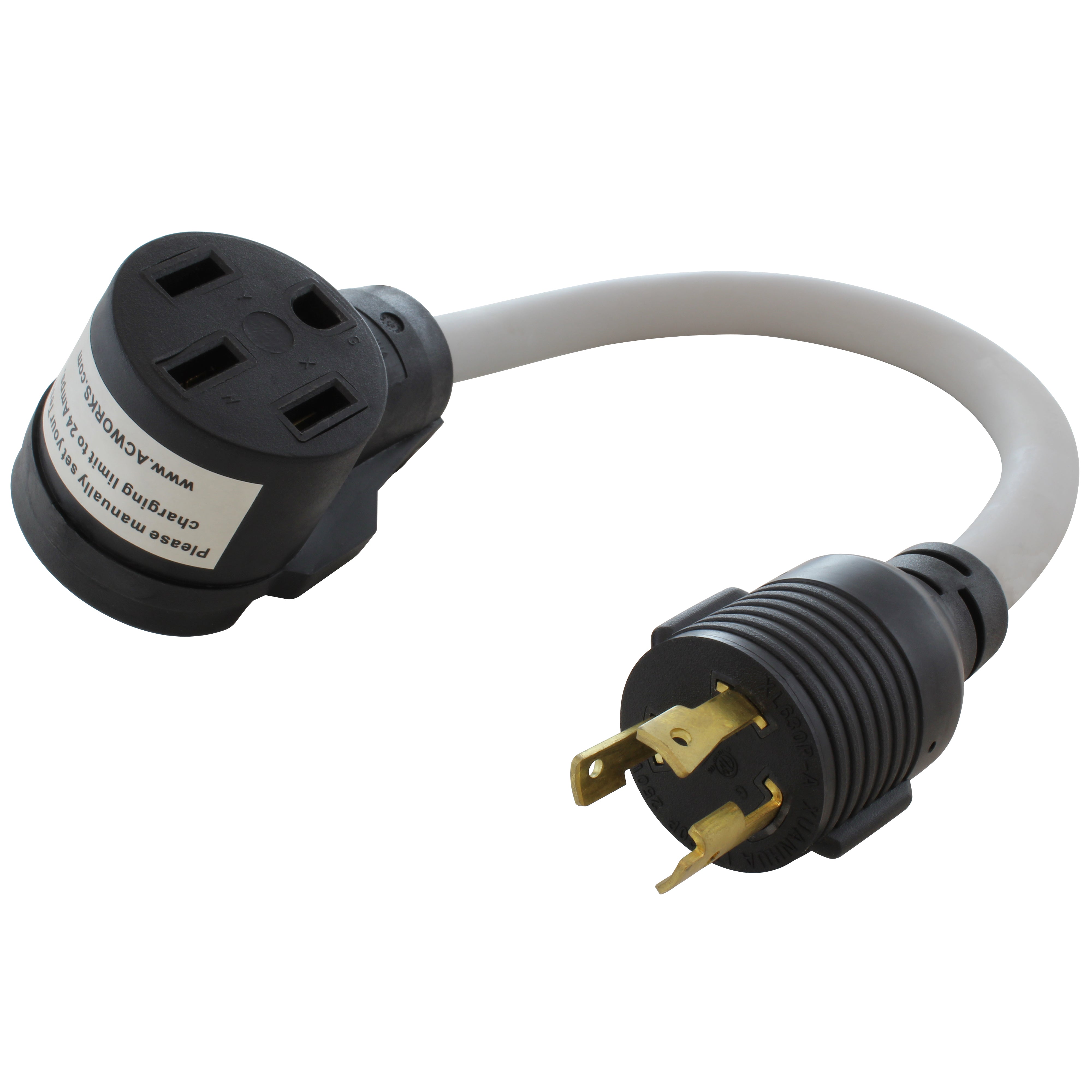
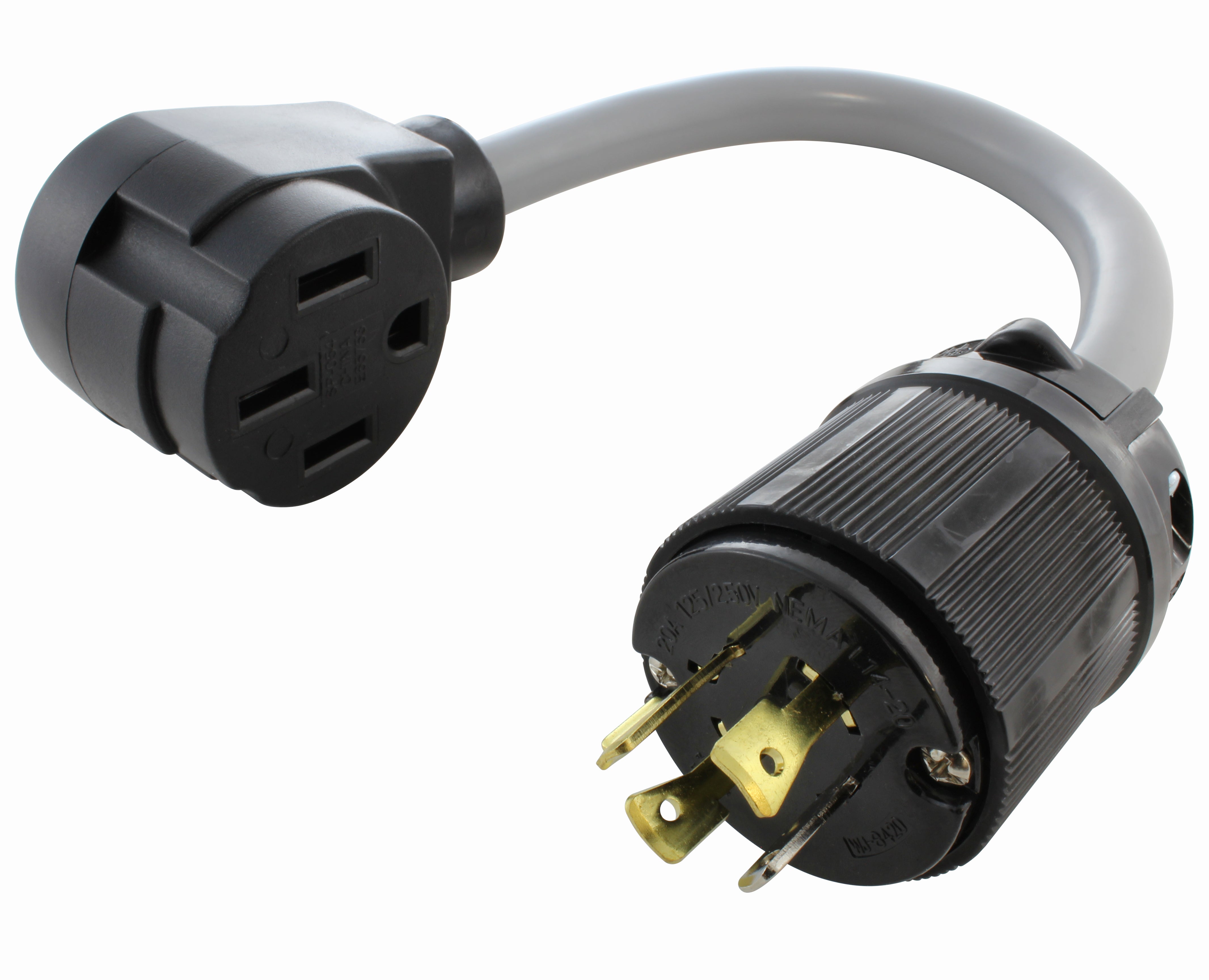

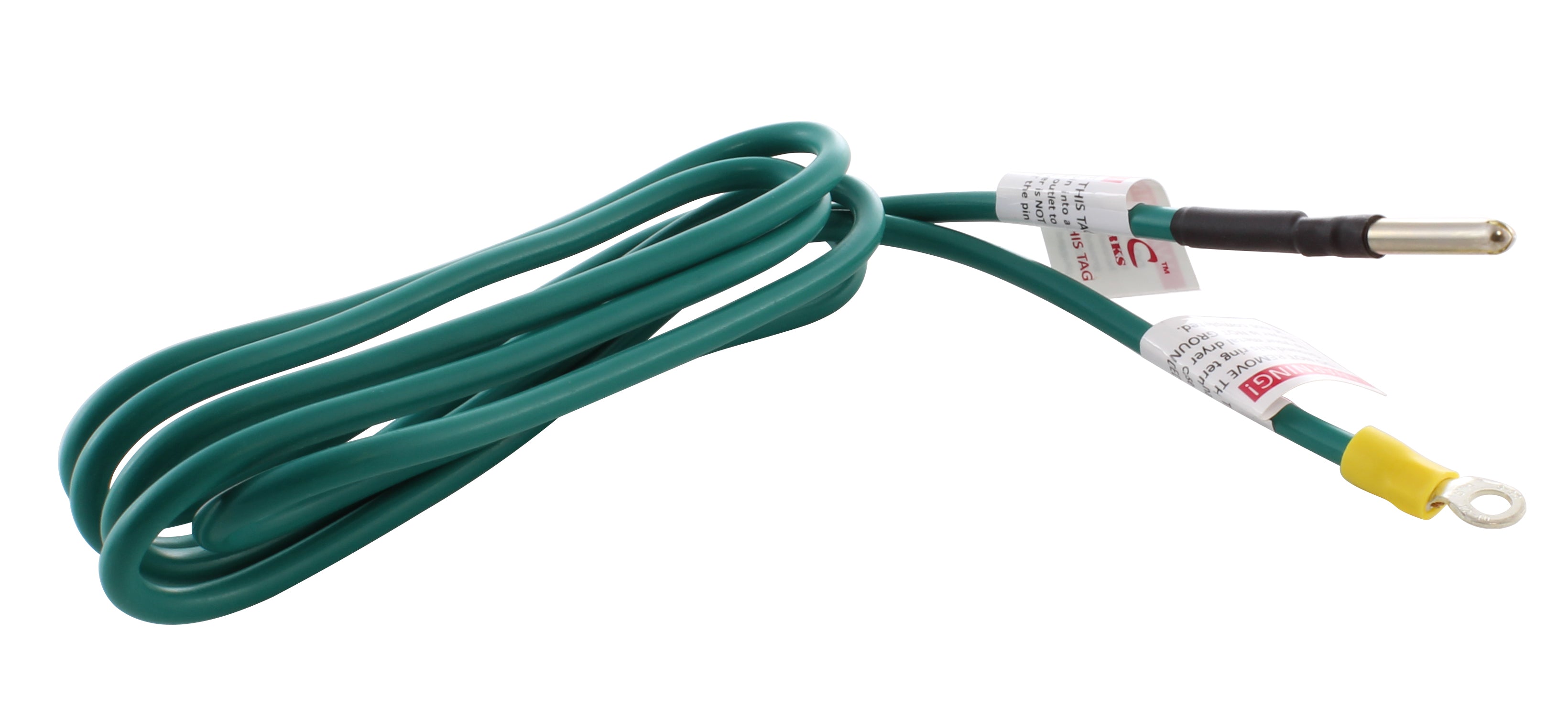

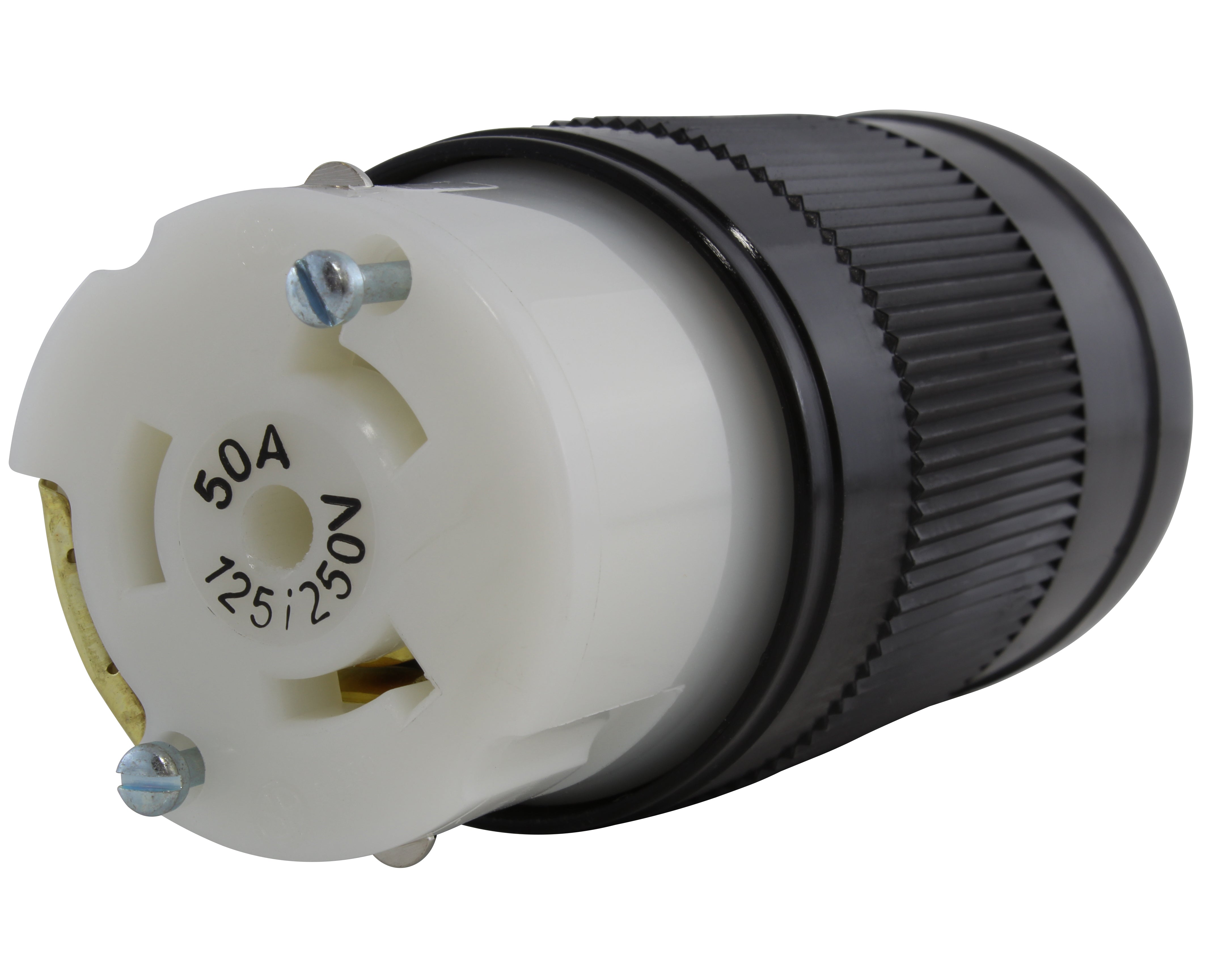

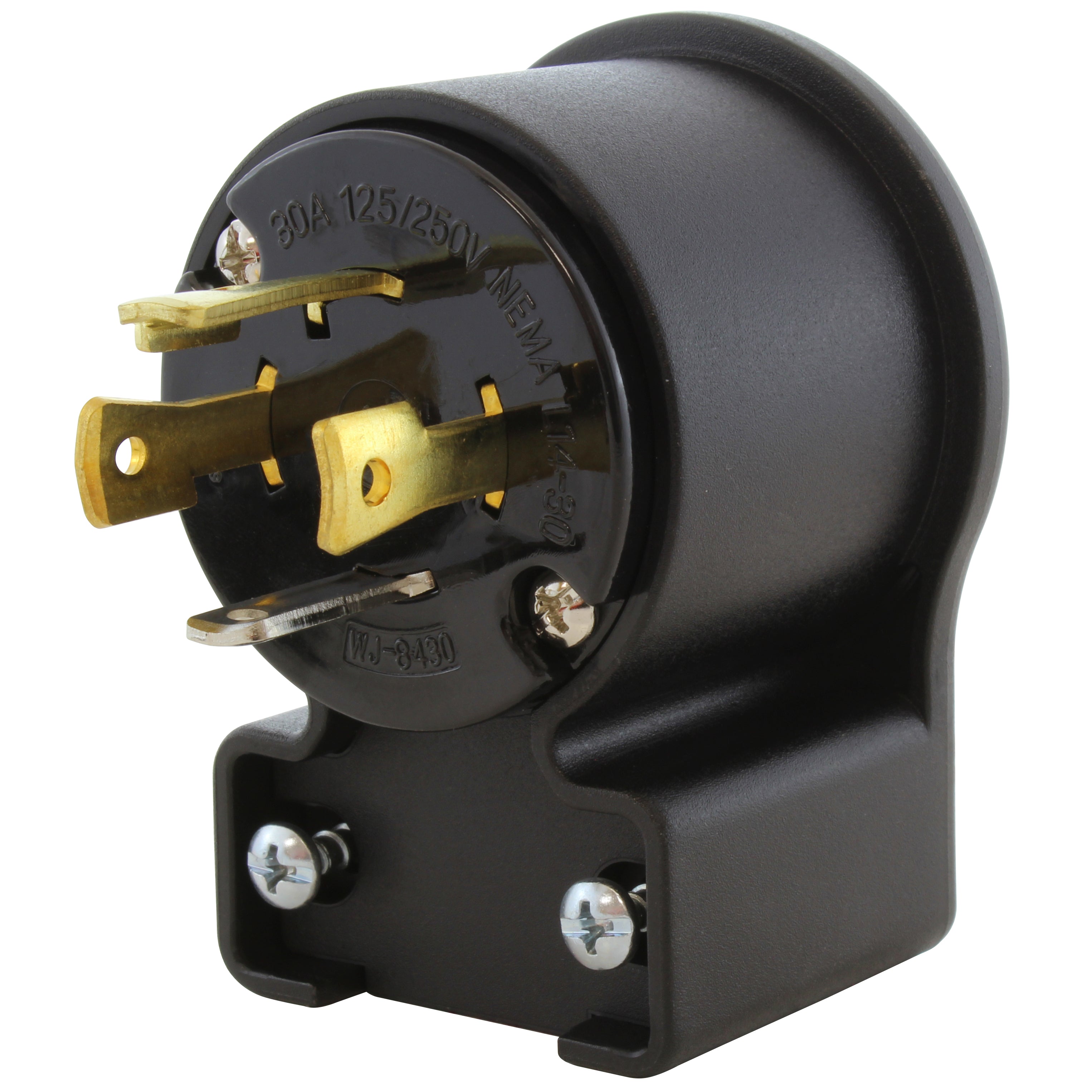
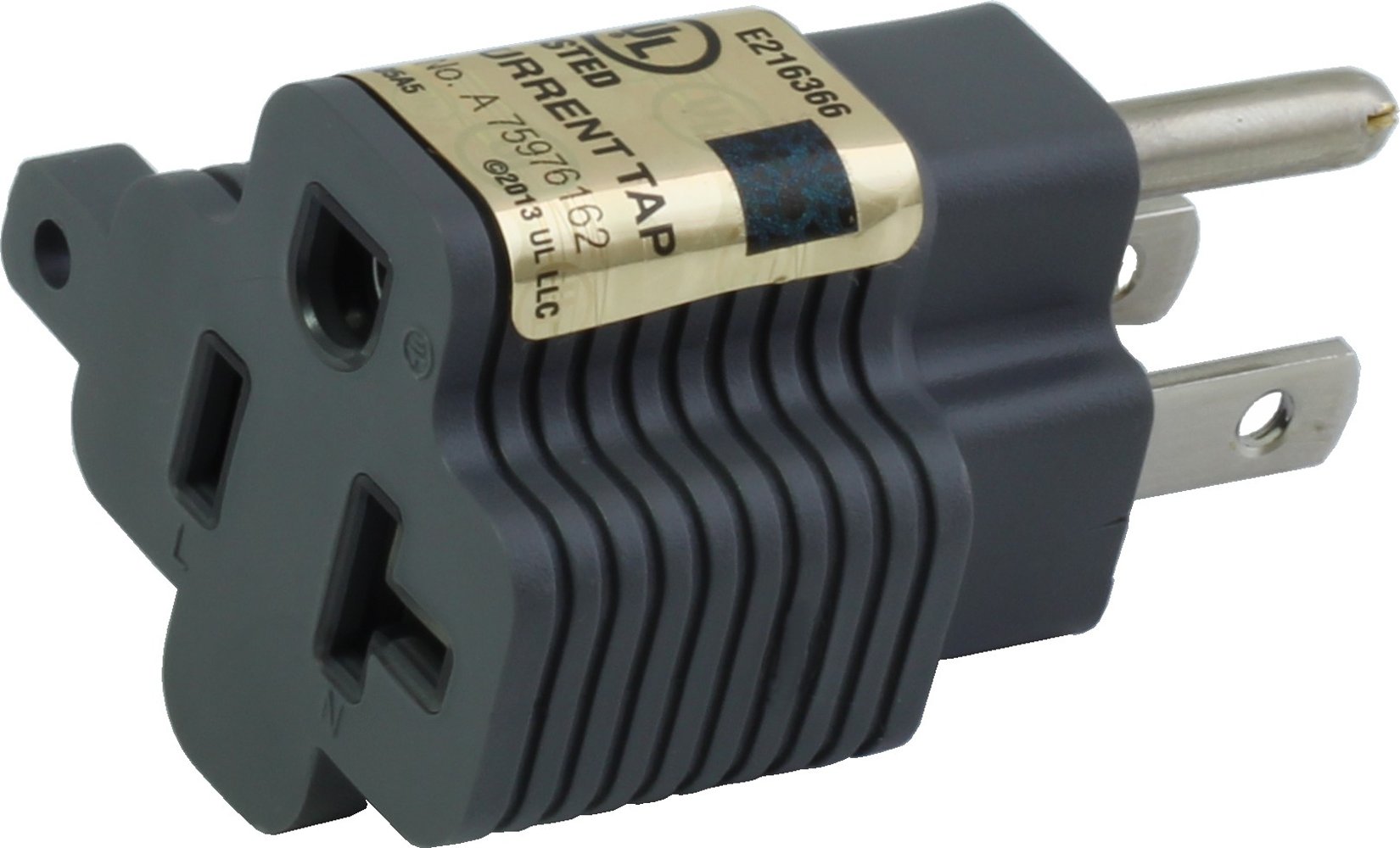
![AC WORKS® [ADV104] 3-Prong Heavy-Duty V-DUO Household Outlet Adapter](http://acworks.com/cdn/shop/products/ADV104-0.jpg?v=1605738768&width=3128)
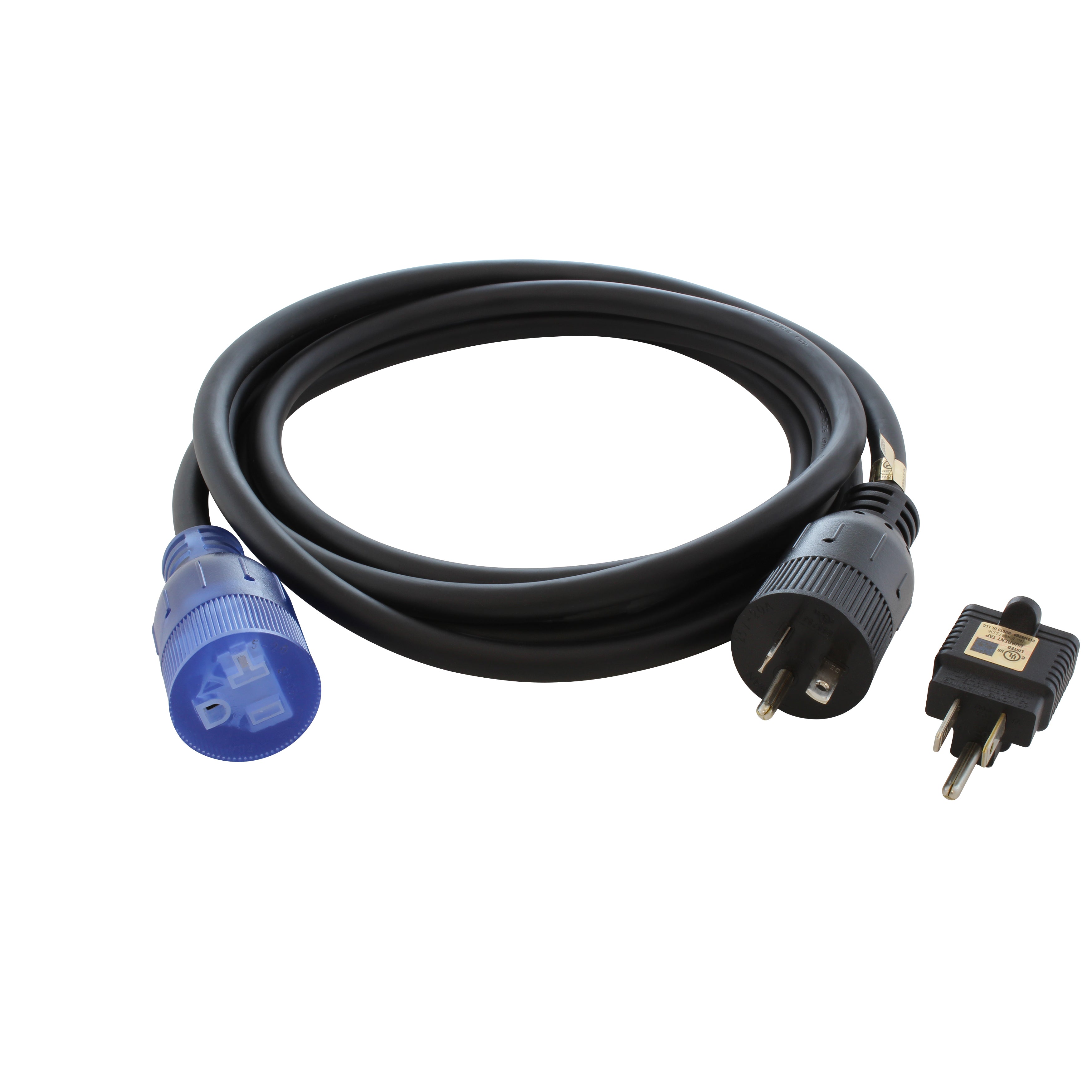
![AC WORKS® [XH515520] 15A to 15/20A 125 Volt Plug Adapter with ETL Safety Approval](http://acworks.com/cdn/shop/files/XH515520-0_daea425a-f439-48df-bb75-052167057f12.jpg?v=1729091519&width=2500)
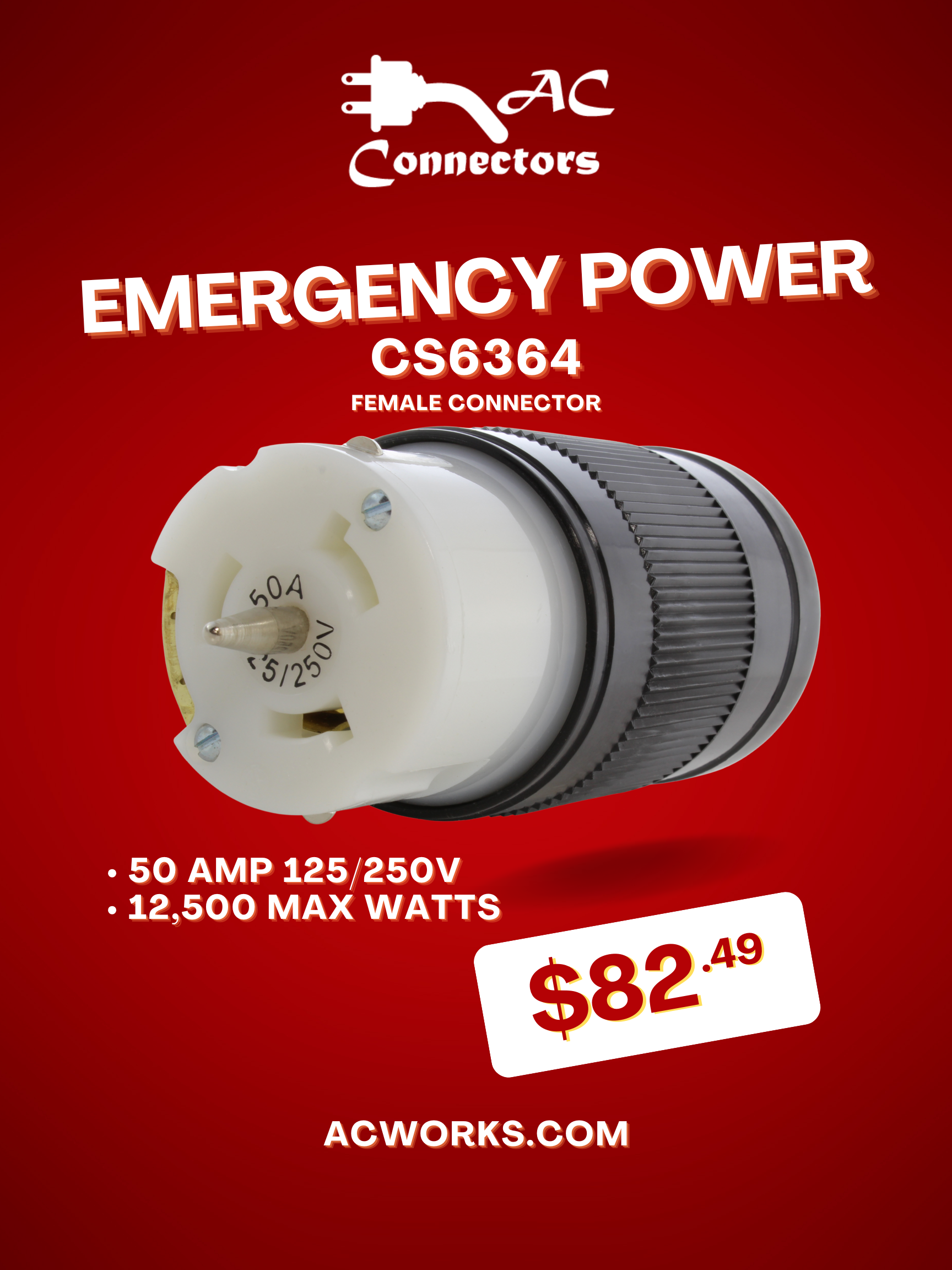


Share:
Reasons for Your RV Electric Problems
Why Grounding Your Dryer is Important
6 comments
Yes, backup batteries are very commonly used for sump pump setups.
can a back up battery be used with existing sump pump
Hello Kitsy. It depends on the setup you have and how it is configured. Depending on the setup, you could have it so it automatically turns off when the electricity comes back on.
Will the back up battery stop when the electricity comes back on?
Use a marine battery with your backup system in case of water and there are backup systems for every sump pump. Hope this helps.